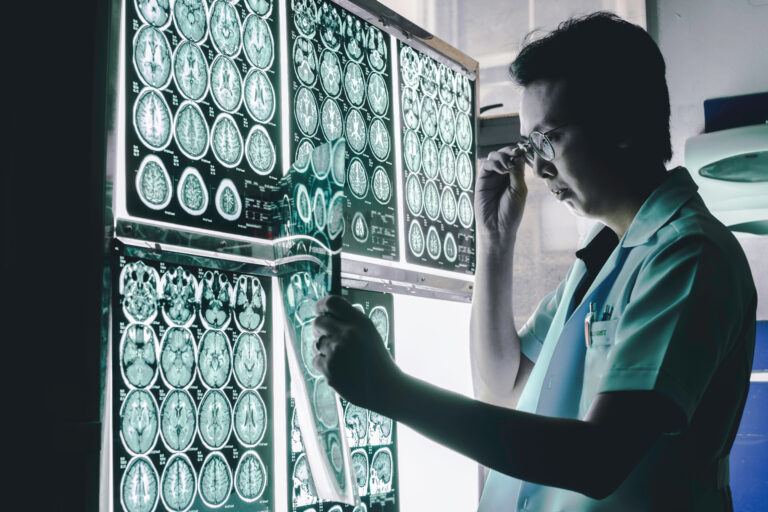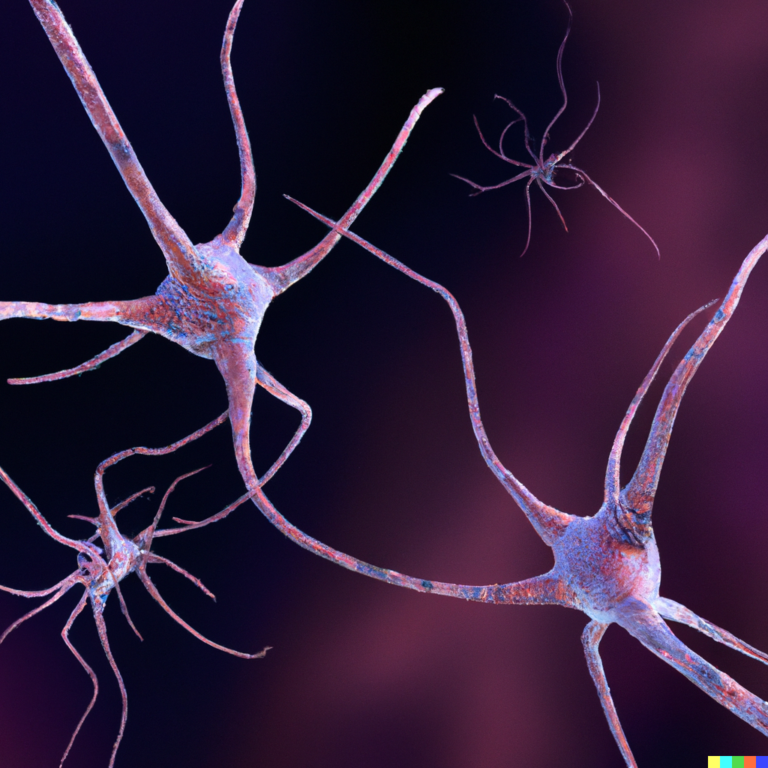Alzheimer’s disease is a progressive and debilitating neurological disorder that affects millions of people worldwide. It is characterized by memory loss, cognitive decline, and eventually, the loss of basic motor functions. It is a devastating disease not only for the patients but also for their families and caregivers. Currently, there is no cure for Alzheimer’s, and the available treatments can only temporarily slow down the progression of the disease.
However, there is hope for Alzheimer’s patients in the form of brain plasticity. Brain plasticity, also known as neuroplasticity, refers to the brain’s ability to change and adapt throughout a person’s life. This process is especially significant in the context of Alzheimer’s disease because it offers potential avenues for treatment and prevention. In this article, we will explore how brain plasticity offers hope for Alzheimer’s patients.
Understanding Brain Plasticity
The human brain is a complex and dynamic organ, constantly changing and adapting to the environment and experiences. Brain plasticity refers to the brain’s ability to reorganize itself by forming new neural connections and pathways. This process involves both structural and functional changes in the brain, which can occur in response to developmental, environmental, or injury-related factors.
In simple terms, brain plasticity allows our brains to learn new things, form memories, and recover from injuries. It is how we acquire new skills, adapt to changes, and overcome challenges. This remarkable ability is present in all stages of life, from infancy to old age. However, it is most prominent during early childhood when the brain is still developing.
Role of Brain Plasticity in Alzheimer’s Disease
Alzheimer’s disease is characterized by the formation of plaques and tangles in the brain, leading to the death of brain cells and a decline in cognitive function. These changes make it challenging for the brain to form new connections and adapt to changes. However, research has shown that even in the presence of these changes, the brain still has the ability to rewire and reorganize itself.
One of the main reasons why brain plasticity is crucial in Alzheimer’s disease is that it can compensate for the damage caused by the disease. Studies have shown that in the early stages of Alzheimer’s, the brain can compensate for the loss of brain cells by rerouting neural pathways and using healthy brain regions to perform tasks. This process is known as cognitive reserve and is associated with better outcomes in Alzheimer’s patients.
Furthermore, brain plasticity can also help slow down the progression of the disease. As the brain forms new connections, it can create alternative routes for information processing, bypassing damaged areas and maintaining cognitive function. This process can delay the onset of symptoms and improve the overall quality of life for Alzheimer’s patients.
Ways to Promote Brain Plasticity in Alzheimer’s Patients
There are various ways to promote brain plasticity in Alzheimer’s patients, which can help improve their cognitive function and overall well-being. These include:
1. Engage in mentally stimulating activities: Keeping the brain active is vital for promoting brain plasticity. Alzheimer’s patients can engage in mentally stimulating activities such as puzzles, board games, or learning a new language to challenge their brain and form new connections.
2. Physical exercise: Regular physical exercise has been linked to improved brain plasticity in Alzheimer’s patients. Exercise increases blood flow to the brain, delivering essential nutrients and oxygen, which promotes the growth of new brain cells.
3. Social interaction: Social interaction stimulates the brain and promotes brain plasticity. Alzheimer’s patients should be encouraged to stay socially engaged, whether through family gatherings or joining support groups.
4. Healthy diet: A healthy and balanced diet rich in antioxidants, omega-3 fatty acids, and vitamins can promote brain plasticity. These nutrients help protect against oxidative stress and inflammation, which are associated with Alzheimer’s disease.
5. Cognitive therapy: Cognitive therapy involves various techniques and exercises to help improve cognitive function in Alzheimer’s patients. It can include memory exercises, problem-solving activities, and other mental challenges to promote brain plasticity.
Conclusion
Alzheimer’s disease can be a devastating diagnosis for patients and their families. However, understanding the role of brain plasticity in this disease offers hope for better treatment and prevention. While there is still no cure for Alzheimer’s, promoting brain plasticity through various techniques can help slow down the progression of the disease and improve the quality of life for patients. More research in this area is needed, but the potential of brain plasticity to offer hope for Alzheimer’s patients cannot be ignored.





